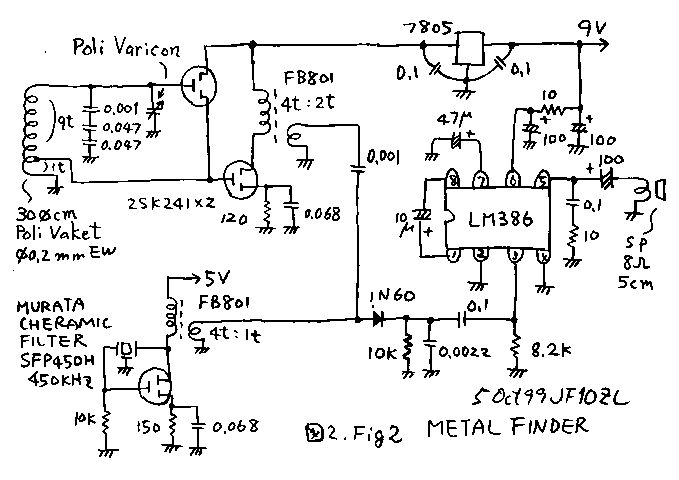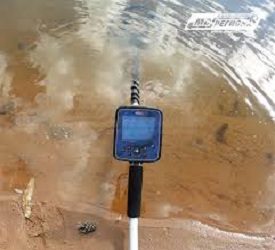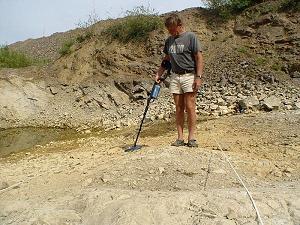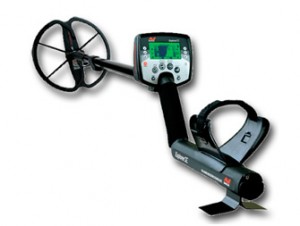photoionization detector how it works In the category carbon monoxide detectors more articles and learn more information about photoionization detector how it works Reviews Price Specifications Features Image manuals videos Accessories All this in metal detectors for gold.
Photoionization detector (PID) is gas sensor that uses ultraviolet (UV) light detect volatile organic compounds (VOCs) in the air.
Here is breakdown photoionization detector how it works
Light source and ionization:
PID uses specially designed ultraviolet lamp that emits high energy photons light to particles at specific wavelengths.
These photons target VOC molecules in the air. If the photon energy is greater the ionization potential (IP) of VOC molecule, it ejects an electron from the molecule, resulting in the formation of positively charged ion and lone electron.
The importance of ionization (IP):
The particle’s IP represents the minimum energy needed to remove the electron.
The UV light of PID lamp needs sufficient energy (determined by its wavelength) to overcome the IP of the target (VOCs) for ionization to occur.
Different PID lamps emit UV light of different wavelengths, making them sensitive to VOCs with specific IP ranges.
Power Supply and Detection:
The ejected electrons and positive ions create a small electric current inside the detector chamber.
The magnitude of this current is proportional to the concentration of the ionized VOCs.
In simpler terms, the presence of more VOC molecules leads to more ionization, resulting in a stronger electric current.
Signal Processing and Output:
The internal electronics of the PID measure the electric current generated by ionization.
This current is then processed and converted into a signal that can be displayed on detector readings, often indicating the concentration of volatile organic compounds in parts per million (ppm) or other related units.
Additional points
Allergies: PIDs are generally more sensitive to aromatic and aliphatic hydrocarbons common volatile organic compounds than to inorganic gases.
Applications: These detectors are widely used in various applications, including:
Industrial monitoring: detection of leaks of volatile chemicals in factories or manufacturing facilities.
Environmental monitoring: measuring air quality and determining (VOC) contamination in soil or water.
Indoor air quality: Check for presence of volatile organic compounds in buildings that may be harmful to occupants.
Fire Service: Identify the source of fires by detecting (VOCs) produced during combustion.
Parameters:
PID devices may not be able to distinguish between certain VOCs, but only indicate the total concentration of VOCs that can be ionized by the UV light of the lamp.
Some VOCs with high IP addresses may not be detected by a specific PID lamp.
Certain environmental factors such as humidity can affect PID readings.
Photoionization detectors provide a reliable and efficient way to detect a wide range of VOCs in various applications.
Photoionisation detectors how it works
Related Articles
- Search for gold
- GPR Localizer 3000
- security metal detectors repairs history how they work rentals
- Gold recovery at home
- Important details in the search
- A method of reducing leakage and theft of heating water
- garrett magnascanner PD-6500i walk through metal detector Review
- The most anticipated novelties of Metal Detectors in 2018
- Protection of apartments signaling
- Pictorial devices for metal detecting and gold














